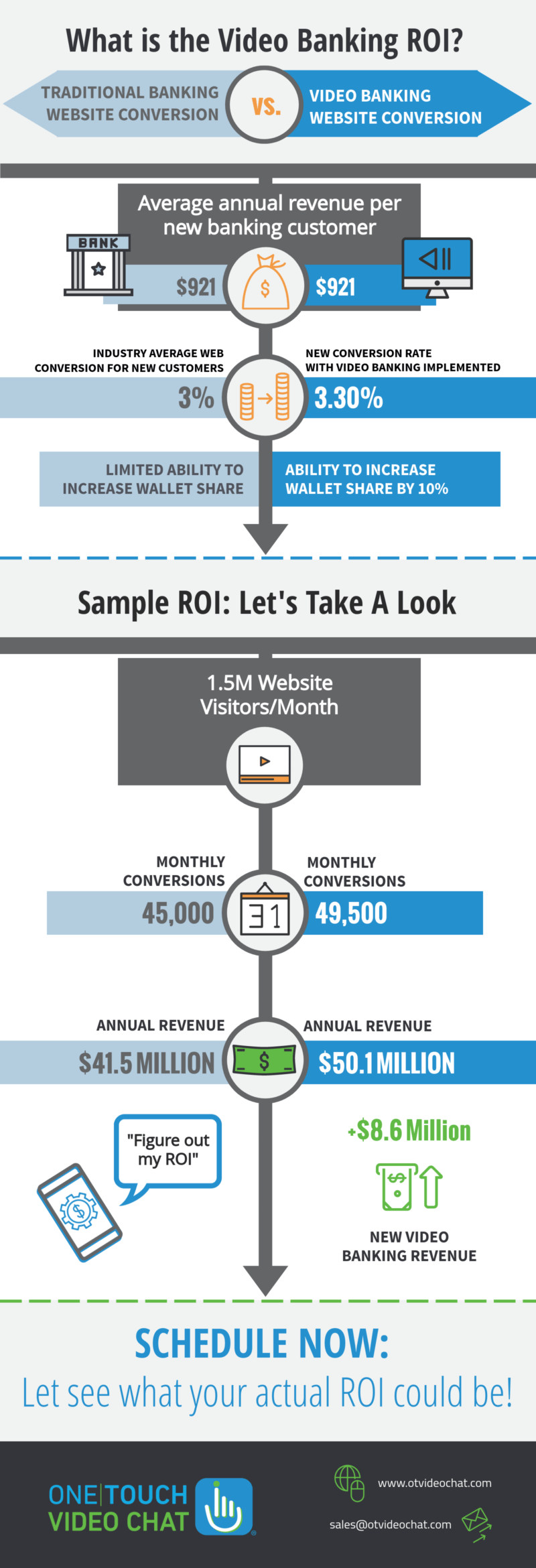In our increasingly busy world, sometimes it is not practical to ask your patients to take a day off work or time away from family for a 15-minute medical visit. For this reason, physicians and providers are turning to telemedicine companies to provide them with a virtual platform that would allow for remote video visits. But what is telemedicine and how can work for you?
In brief, telemedicine is remote diagnosis and treatment of patients using telecommunications technology. However, for providers, there are certain guidelines to follow that could help you to successfully navigate this terrain. For instance, selecting the appropriate platform from the many telemedicine companies. In addition, reimbursement for telemedicine can be tricky and you will need to educate yourself on the upcoming billable codes.
The Latest on Billable Codes
When answering “what is telemedicine” you should first look at billable codes. Depending on which state you live in a slew of telemedicine billable codes may be coming your way. Congress is currently drafting innovative policies to expand telemedicine services and enhance the patient experience under Medicare. The new federal Bipartisan Budget Act of 2018 introduces some “the most significant changes ever made to Medicare law to use telehealth.” Key provisions of the bill include:
- Expanding telemedicine coverage on strokes
- Improving access to telemedicine-enabled home dialysis oversight
- Enabling patients to be provided with free at-home telemedicine dialysis technology without the provider violating the Civil Monetary Penalties Law
- Permitting Medicare Advantage (MA) plans to include delivery of telehealth services in a plan’s basic benefits
- Giving Accountable Care Organization (ACOs) the ability to expand the use of telemedicine services.
Moreover, starting in 2019, the federal government will lift restrictions on geographic and facility-type requirements on originating sites for telemedicine stroke services.
Choosing the Right Platform Among the Many Telemedicine Companies
There are several different telemedicine companies offering different platforms. Most of these platforms are designed for taking appointments that don’t require you to lay hands on a patient. You should look for a platform that can allow you to:
- Conduct ongoing follow-up care
- Medication management
- Provide minor urgent care
In addition, you need to keep in mind privacy and security when evaluating a telemedicine platform. Consumer-grade vendors like Skype or Facetime are not secure enough for clinical purposes. Look for a platform that is purpose-built for remote medical video visits. Finally, it should meet all the necessary safeguards and strict HIPAA standards.






